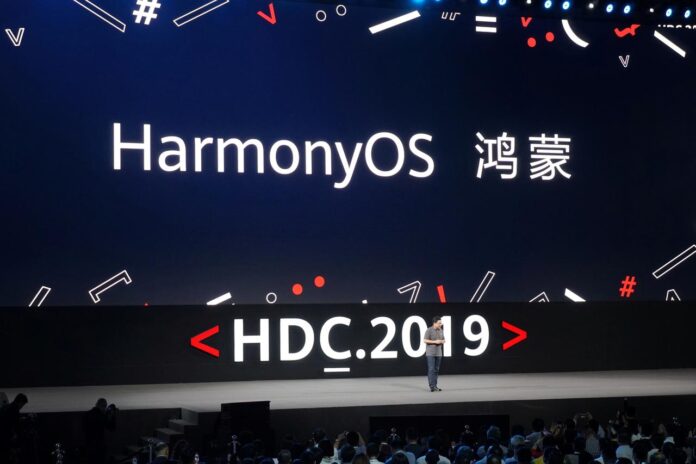HONG KONG: Huawei Technologies unveiled on Friday its proprietary operating system for smartphones and other devices, as US trade restrictions imposed in May threaten to cut the Chinese firm’s access to US technologies such as Android.
But Huawei said that for now it would stick to using Google’s Android for smartphones, and the new software will be gradually rolled out to support devices such as smartwatches, speakers and virtual reality gadgets.
The new OS is part of Huawei’s attempt to develop its own technologies from chips to software to reduce its reliance on US firms amid an intensifying US-China trade war.
Huawei had previously given little information about the software, fueling speculation about how quickly or effectively it could find an alternative to the Android system.
“Harmony OS is completely different from Android and iOS,” said Richard Yu, head of Huawei’s consumer business group referring to operating systems developed by Alphabet Inc’s Google and Apple Inc.
“You can develop your apps once, then flexibly deploy them across a range of different devices,” he told a developers’ conference held in Dongguan in southern China, where Huawei has built a lavish new campus modelled after European towns.
US President Donald Trump’s administration has warned that Huawei could be a vehicle for Chinese espionage and put the company on a so-called “entity list”, meaning that US corporations that conduct business with the telecoms giant now require special licenses to do so.
US Commerce Secretary Wilbur Ross said last week Washington could respond this week to companies that have requested special licenses to sell to Huawei.
Huawei’s Yu said the company has no updated knowledge on whether it can continue to use Android.
ATTRACTING DEVELOPERS
Huawei is not the first major tech company seeking to develop a robust ecosystem around its own software. Its bigger rival Samsung Electronics has been using its own operating system called Tizen in smartwatches and televisions.
But attempts by the South Korean firm to grow Tizen to challenge Android in smartphones have been thwarted by lack of support from developers.
Marko Yang, an investor in developer studios who attended the conference, however, said he believed the size of the Chinese market would help Huawei overcome such a problem. Huawei says there are more than 800,000 developers in its product ecosystem.
“The Chinese market is huge, there are many users and they have many demands, and solving their demands will result in many apps, products, and when this happens it will, from the periphery, create a core ecosystem, and the Chinese market will go on to spur the overseas market,” Yang said.
Yu also said in order to attract developers’ migration, it was willing to cut its fee intake from app developers working for Harmony to as low as 10pc-15pc. Apple and Google take a 30pc cut for revenue generated through their app stores.
A new “smart screen”, or connected television product, to be unveiled on Saturday will be the first product using Harmony, called Hongmeng in Chinese, Huawei said. It also has roll-out plans for the OS in other devices till 2022.
Yu said Harmony will be open source and aims to be safer and more efficient than existing ones in the market.
NOT AN ANDROID RIVAL
More than 4,000 Huawei developers have been working on Harmony, according to Yu. People familiar with its development at Huawei said Harmony was not being developed to rival Android, but was more like Google’s Fuchsia – an open source OS being developed at the American firm for gadgets that could include everything from smartphones to Internet-of-Things devices.
Yu mentioned Google’s Fuchsia multiple times during his speech, which was made to thousands of attendees in a basketball stadium in the city. VIP tickets for the conference were priced upwards of 4,298 yuan ($608.90).
He also said it would be difficult for Huawei to meet its previous goal of becoming the world’s biggest smartphone maker by shipments this year due to the U.S. curbs imposed in May, but expects to be able to keep the No.2 spot.
The company would have been able to ship 300 million smartphones this year without such restrictions. It shipped 118 million units in the first-half.




